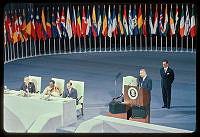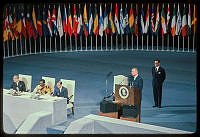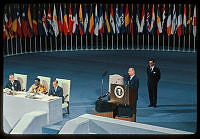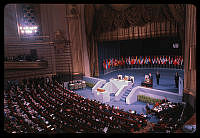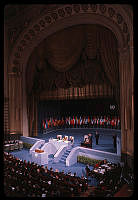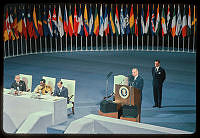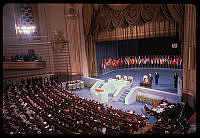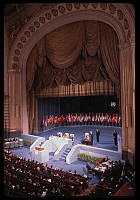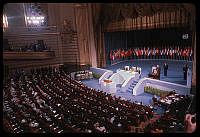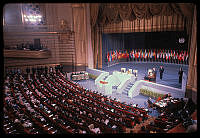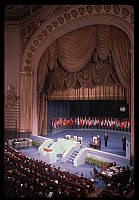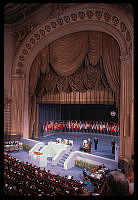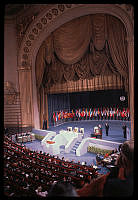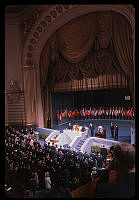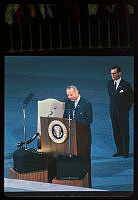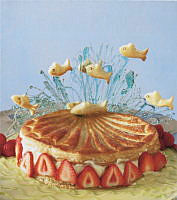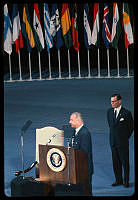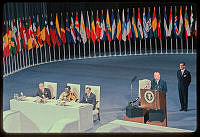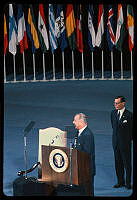Foreword; White House History (Number 31)
Copyright © Summer 2012 White House Historical Association. All rights reserved under international copyright conventions. No part of this article may be reproduced or utilized in any form or by any means, electronic or mechanical, including photocopying, recording, or by any information storage and retrieval system, without permission in writing from the publisher. Requests for reprint permissions should be addressed to books@whha.org
Our interest in the surroundings of the White House extends in this issue to include both public and private places, all except one of which survives today. Elizabeth Smith Brownstein’s longtime interest in Civil War Washington has naturally attracted her to the Willard, the capital’s most revered and venerable grand hotel. Observers in Lincoln’s time thought it rivaled the White House and Capitol as the hive of political activity.
Saint John's Church, “The Church of The Presidents,” has been a box seat looking upon the White House stage. Richard F. Grimmett has sketched several of the most significant parishioners from a long and distinguished line. A few doors away lived the orator Robert G. Ingersoll, whose name is no longer a household word but was indeed that in the 1870s and 1880s, when he occupied a now-vanished row house in Lafayette Square, as Steven Lowe relates.
Neil W. Horstman, president of the White House Historical Association, introduces and describes the organization's renaissance of historic Decatur House in its new life as our history center.
Caroline Kennedy, who spent part of her childhood in Lafayette Square, recalls the devotion her parents had for the park and the square.
We will revisit the neighborhood in future issues.













